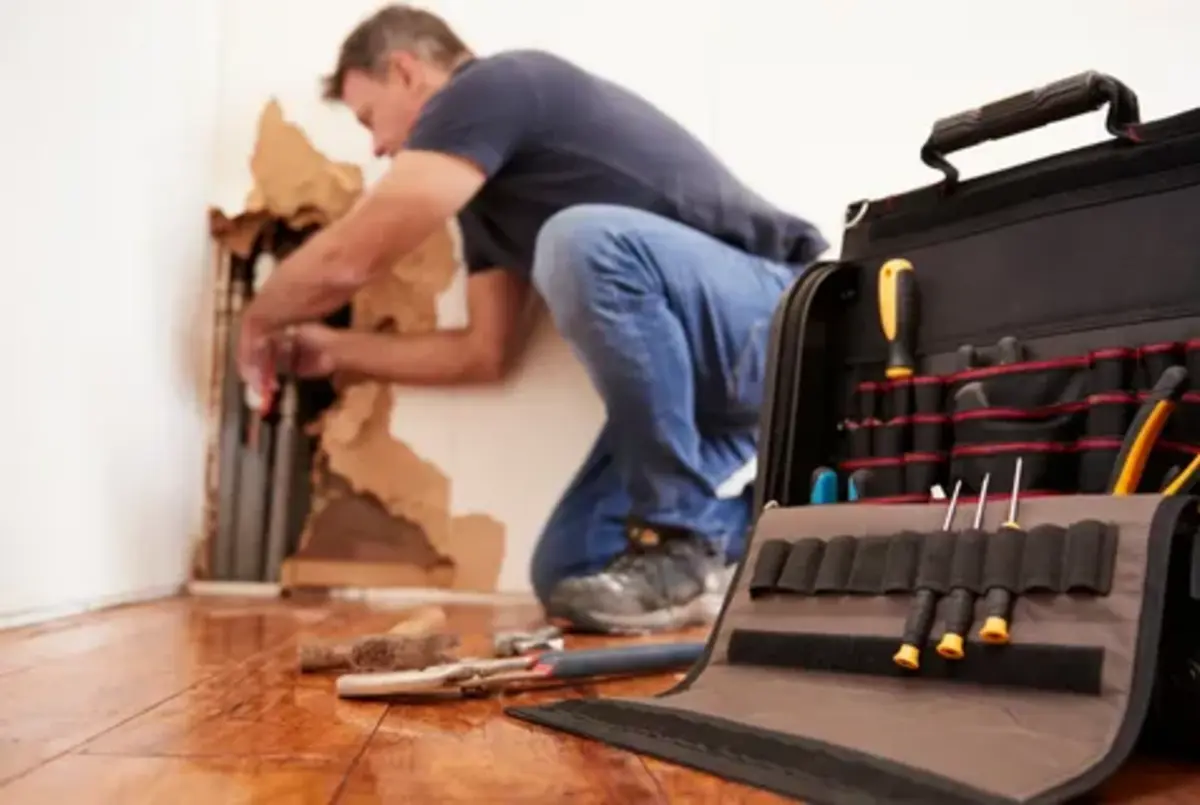
In the fast-paced world we live in, emergencies can strike at any moment, leaving us scrambling for quick and reliable solutions. Whether it’s a burst pipe, a broken HVAC system, or an electrical failure, knowing what to do when you need emergency repair services fast can save you time, money, and stress. Here’s a comprehensive guide to help you navigate through such situations efficiently.
Identify the Problem Immediately
The first step in addressing any emergency repair is to identify the problem. Knowing what you’re dealing with can help you communicate more effectively with repair services and ensure you get the right help quickly.
Common Household Emergencies
Plumbing Issues
· Burst pipes
· Clogged drains
· Overflowing toilets
Electrical Failures
· Power outages
· Faulty wiring
· Electrical fires
HVAC System Breakdowns
· Non-functioning air conditioners
· Broken furnaces
· Faulty thermostats
Assess the Severity
Understanding the severity of the problem can help you decide whether you need immediate professional help or if it’s something that can wait until normal business hours. For example, a small leak might be manageable for a short period, but a major flood requires immediate attention.
Contact Professional Emergency Repair Services
Once you’ve identified the problem, it’s crucial to contact professional emergency repair services. Time is of the essence, and having the right professionals on speed dial can make all the difference.
Finding Reliable Services
Search Online
· Use keywords like “emergency repair services near me”.
· Check for 24/7 availability.
Read Reviews
· Look for services with positive customer feedback.
· Pay attention to how they handle emergencies.
Ask for Recommendations
· Talk to friends and family who have had similar issues.
· Use social media to get quick suggestions.
What to Look For
When choosing an emergency repair service, consider the following factors:
· Response Time: How quickly can they get to your location?
· Experience and Expertise: Do they specialize in the type of repair you need?
· Certifications and Licensing: Are they licensed and insured?
· Cost: Do they provide clear and upfront pricing?
Take Immediate Safety Precautions
While waiting for professional help, take immediate safety precautions to minimize damage and ensure the safety of everyone involved.
For Plumbing Emergencies
· Turn Off the Water Supply: Locate and shut off the main water valve.
· Drain the System: Open faucets to drain water and reduce pressure.
· Clear the Area: Remove any valuables or furniture from the affected area.
For Electrical Emergencies
· Cut the Power: Turn off the main electrical breaker to prevent further damage.
· Avoid Water: Never touch electrical appliances or outlets if water is present.
· Evacuate if Necessary: In case of an electrical fire, evacuate immediately and call emergency services.
For HVAC Emergencies
· Turn Off the System: Shut down the HVAC system to prevent further damage.
· Check for Leaks: Look for any signs of refrigerant leaks.
· Ensure Ventilation: Open windows and doors to ensure proper airflow.
Document the Damage
Documenting the damage is crucial for insurance purposes and to provide detailed information to the repair service.
Take Photos and Videos
· Capture Multiple Angles: Ensure you have comprehensive coverage of the damage.
· Date and Time Stamp: Use your phone’s camera to record the date and time.
Write a Detailed Description
· Describe the Incident: Include what happened and when it occurred.
· List Damaged Items: Provide a list of any belongings that were damaged.
Communicate Clearly with the Repair Service
Clear communication with the repair service ensures they come prepared and can address the issue efficiently.
Provide Detailed Information
· Explain the Problem: Describe what’s wrong and any steps you’ve taken so far.
· Mention Any Safety Hazards: Inform them of any potential dangers they might encounter.
Ask the Right Questions
· Estimated Arrival Time: How soon can they get to your location?
· Service Fees: What are the expected costs, and are there any additional charges for emergency services?
· Repair Duration: How long will the repair take?
Prepare for the Repair
While waiting for the repair service, make preparations to ensure the repair process goes smoothly.
Clear the Work Area
· Move Furniture and Belongings: Create a clear path to the damaged area.
· Provide Access: Ensure the repair technicians can easily access the area.
Gather Necessary Information
· Insurance Details: Have your insurance information ready.
· Warranty Information: If applicable, have any warranty documents on hand.
Post-Repair Steps
After the repair is completed, take the following steps to ensure everything is in order.
Inspect the Work
· Check for Quality: Ensure the repair was done correctly and the issue is fully resolved.
· Test the System: Turn on the repaired system to verify it’s functioning properly.
Review the Invoice
· Understand the Charges: Review the invoice and ensure all charges are as expected.
· Keep Documentation: Save all receipts and repair documentation for future reference.
Prevent Future Emergencies
Taking proactive measures can help prevent future emergencies and minimize the need for urgent repairs.
Regular Maintenance
· Schedule Regular Inspections: Have professionals inspect your systems periodically.
· Perform DIY Maintenance: Regularly check and maintain systems yourself where possible.
Upgrade Systems
· Replace Outdated Equipment: Invest in newer, more reliable systems.
· Install Safety Features: Consider adding features like water leak detectors and surge protectors.
For more Information Click here
By following these steps, you can effectively handle any emergency repair situation, ensuring minimal damage and quick resolution. Being prepared and knowing what to do can make all the difference in an emergency.